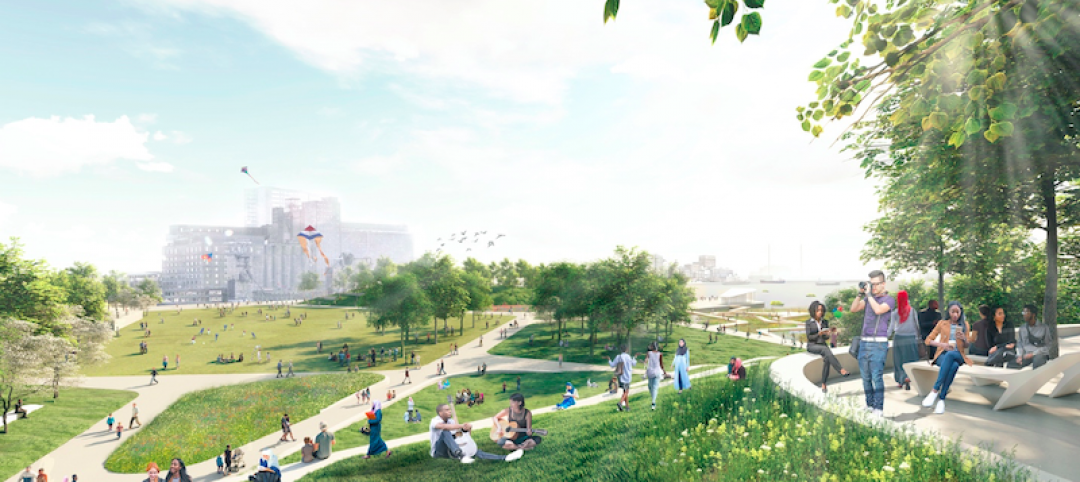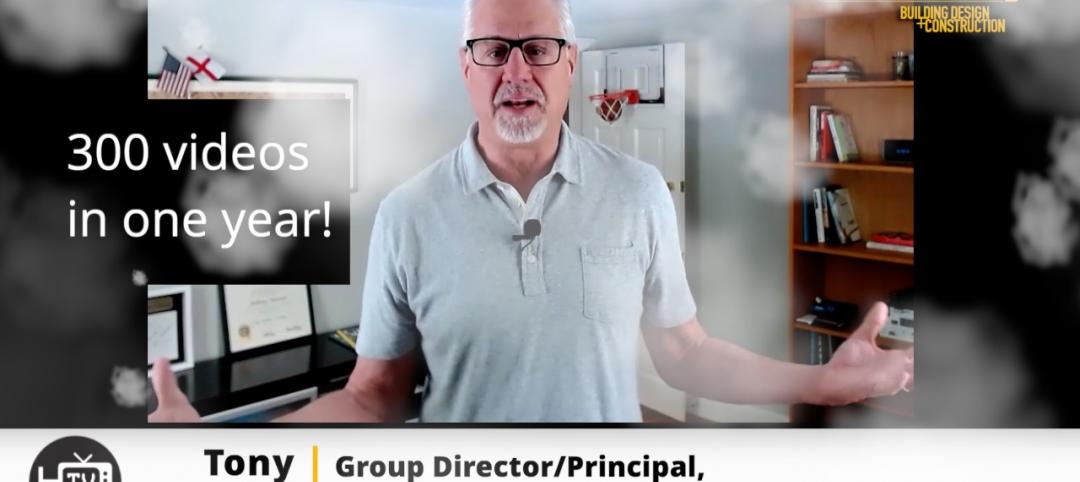In an op-ed in the June 19 Chicago Tribune, University of Notre Dame professor of architecture Philip Bess outlines a plan developed by graduate students Marie Acalin and Roger Foreman to locate the controvesial Obama Presidential Center to Chicago's Midway Plaisance, rather than the currently planned 20-acre site in Jackson Park.
The students' plan would provide new buildings for the University of Chicago, 4,200 apartments, and a new Ferris wheel overlooking Jackson Park. (The Ferris Wheel was introduced at the World's Columbian Expostion of 1893; the Midway Plaisance was a key design element of the fair.) Land-value taxation would be used "to stabilize property values and promote new building on vacant lots" in the adjacent Woodlawn neighborhood.
The Acalin/Foreman plan calls for preserving Lorado Taft's 1920 Fountain of Time and Peter Schaudt's 2005 Dr. Allison Davis Garden, while adding monuments to commemorate the Emancipation Proclamation and Rev. Martin Luther King, Jr.
"Chicago has a proud tradition of architectural modernism, but sometimes that tradition conspires with local development practices to get in the way of good placemaking, social solidarity, economic justice, and fiscal sustainability," writes Bess. "Consider for example Chicago’s Midway Plaisance and the controversies currently besetting the proposed Obama Presidential Center. Then consider how selected local traditions of classical humanist urbanism in tandem with some updated planning ideas could help Chicago resolve these controversies and simultaneously ennoble the Midway, the University of Chicago, the Obama Presidential Center, the adjacent Woodlawn neighborhood and ultimately Chicago itself."
Related Stories
Urban Planning | Feb 14, 2022
5 steps to remake suburbs into green communities where people want to live, work, and play
Stantec's John Bachmann offers proven tactic for retrofitting communities for success in the post-COVID era.
Urban Planning | Feb 11, 2022
6 ways to breathe life into mixed-use spaces
To activate mixed-use spaces and realize their fullest potential, project teams should aim to create a sense of community and pay homage to the local history.
Urban Planning | Jan 25, 2022
Retooling innovation districts for medium-sized cities
This type of development isn’t just about innovation or lab space; and it’s not just universities or research institutions that are driving this change.
Urban Planning | Dec 15, 2021
EV is the bridge to transit’s AV revolution—and now is the time to start building it
Thinking holistically about a technology-enabled customer experience will make transit a mode of choice for more people.
Designers / Specifiers / Landscape Architects | Nov 16, 2021
‘Desire paths’ and college campus design
If a campus is not as efficient as it could be, end users will use their feet to let designers know about it.
Urban Planning | Nov 11, 2021
Reimagining the concrete and steel jungle, SOM sees buildings that absorb more carbon than they emit
The firm presented its case for a cleaner built environment during the Climate Change conference in Scotland.
Urban Planning | Aug 16, 2021
Building with bikes in mind: How cities can capitalize on the pandemic’s ‘bike boom’ to make streets safer for everyone
Since early 2020, Americans have been forced to sequester themselves in their homes with outdoor activities, in most cases, being the sole respite for social distancing. And many of people are going back to the basics with a quintessential outdoor activity: biking. Bike sales absolutely skyrocketed during the pandemic, growing by 69% in 2020.
Resiliency | Jun 24, 2021
Oceanographer John Englander talks resiliency and buildings [new on HorizonTV]
New on HorizonTV, oceanographer John Englander discusses his latest book, which warns that, regardless of resilience efforts, sea levels will rise by meters in the coming decades. Adaptation, he says, is the key to future building design and construction.
Urban Planning | May 3, 2021
SWA/Balsley unveils Nelson Mandela Park Master Plan for Rotterdam
The conceptual plan provides much-needed central neighborhood and civic open space in the city’s South Maashaven district.
University Buildings | Apr 29, 2021
The Weekly Show, April 29, 2021: COVID-19's impact on campus planning, and bird management strategies
This week on The Weekly show, BD+C Senior Editor John Caulfield interviews a duo of industry experts on 1) how campus planning has changed during the pandemic and 2) managing bird infestations on construction sites and completed buildings.




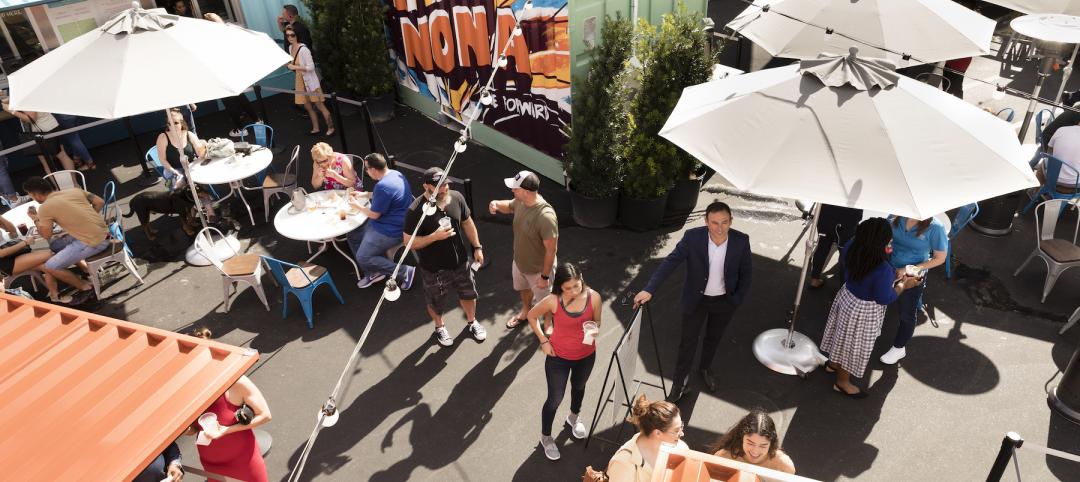
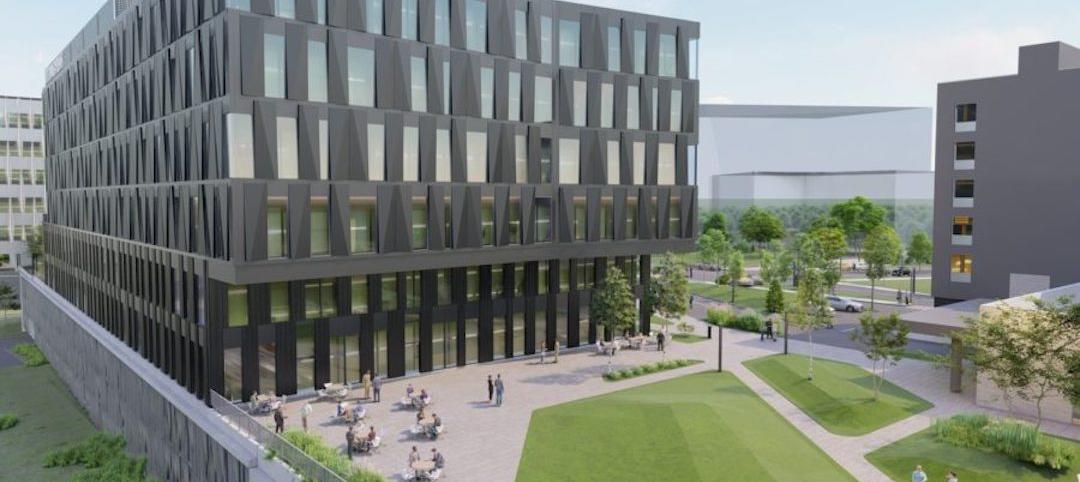



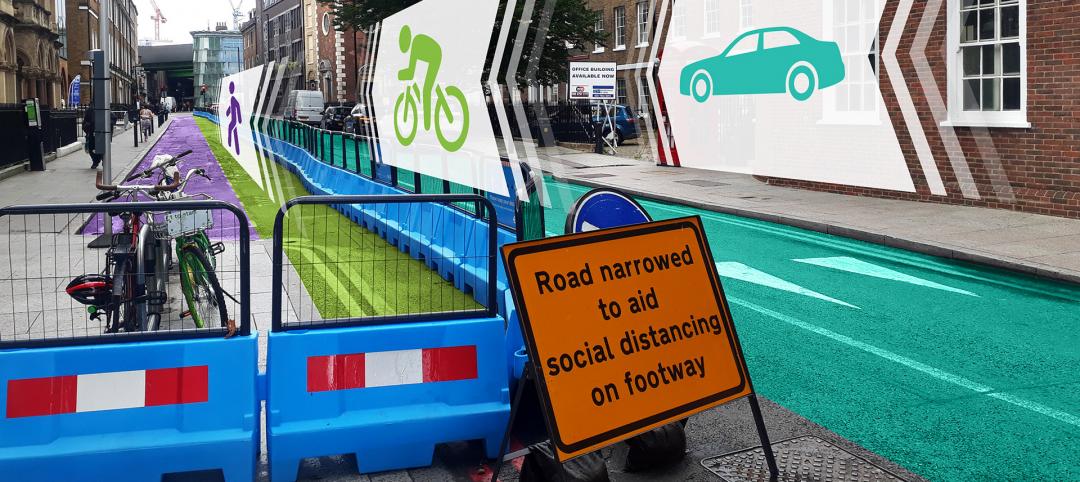
![Oceanographer John Englander talks resiliency and buildings [new on HorizonTV] Oceanographer John Englander talks resiliency and buildings [new on HorizonTV]](/sites/default/files/styles/list_big/public/Oceanographer%20John%20Englander%20Talks%20Resiliency%20and%20Buildings%20YT%20new_0.jpg?itok=enJ1TWJ8)
